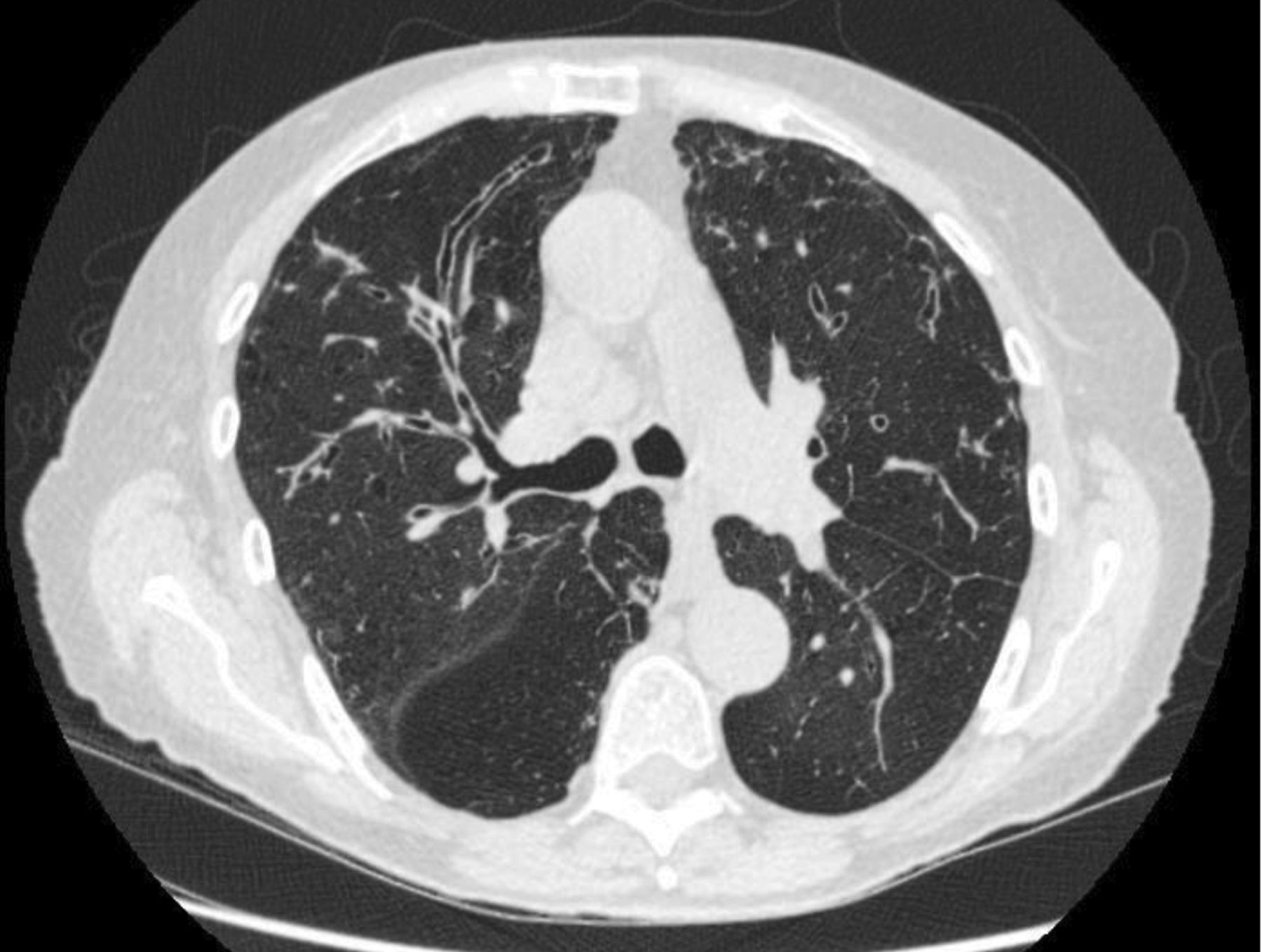Bronchiectasis is a chronic condition in which the airways of the lungs widen, causing a build-up of excess mucus that can make the lungs more vulnerable to infection. Bronchiectasis may also cause breathing difficulties.
Bronchiectasis can have a number of underlying causes, including:
- Measles
- Whooping cough
- Pneumonia
- Tuberculosis (TB)
- Allergic reactions
- Blockages caused by inhaling small items (i.e. nuts or other small pieces of food)
- Inherited diseases, such as cystic fibrosis
- Disorders of the immune system

Identifying and treating the cause of a patient’s bronchiectasis can help improve their quality of life.
Speciality – Bronchiectasis
Diagnosis of Bronchiectasis
Diagnosis begins with an exam and assessment of the patient’s symptoms.
The pulmonologist may order the following tests. The results of these tests help them diagnose bronchiectasis, as well as evaluate the severity of the disorder:
- CT scanA scan showing detailed pictures of the lungs and the inside of the chest.
- Blood testsA blood sample will be taken and analyzed at our lab.
- Sputum microbiologyAn analysis of mucus the patient has coughed up.
- Pulmonary function testsA range of tests used to measure how well the patient is able to breathe in and out, and how efficiently the lungs provide oxygen to the blood.
Speciality – Bronchiectasis
Treatment of Bronchiectasis
Damage caused to the lungs by bronchiectasis is permanent, so treatment aims to relieve the symptoms, and stop the damage from getting worse. The main treatments include:
- Respiratory physiotherapyThe use of special devices can help clear mucus from the lungs, making it easier to breather.
- MedicationHelps improve airflow within the lungs.
- AntibioticsTreat any lung infections that may develop.
Improve Your Health,Improve Your Life.








